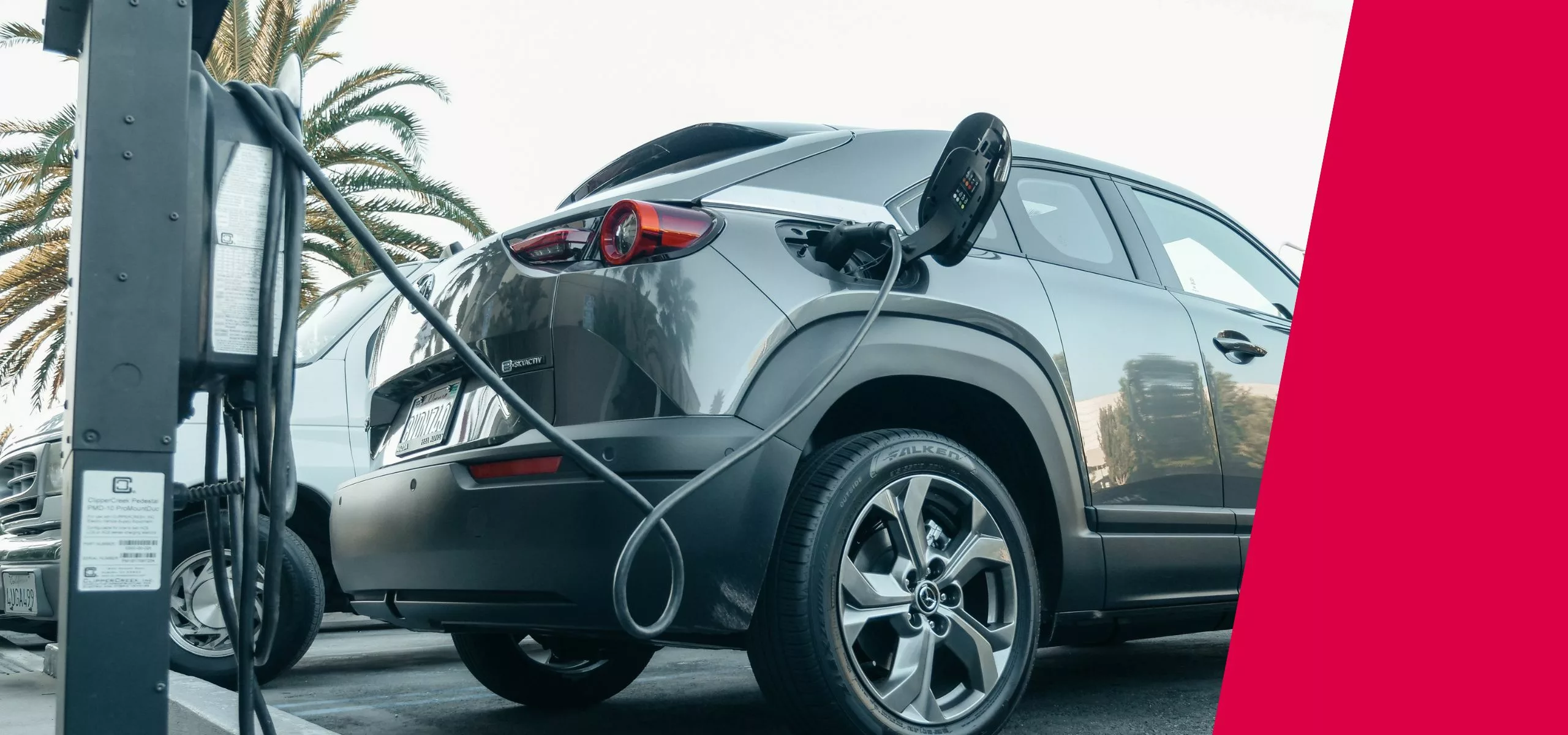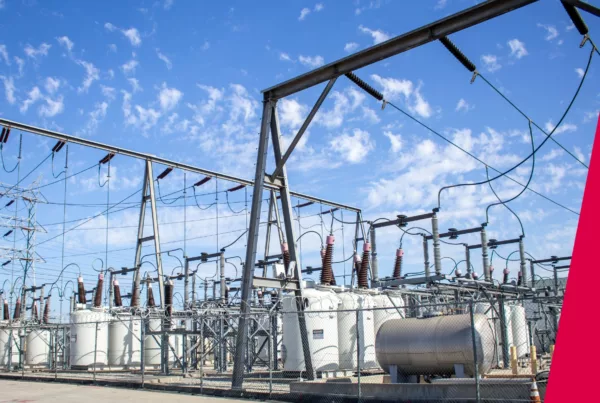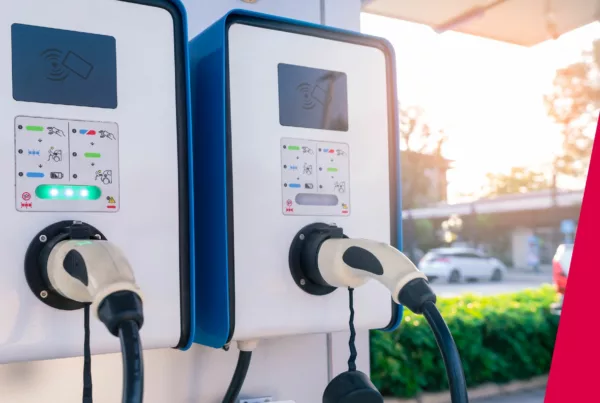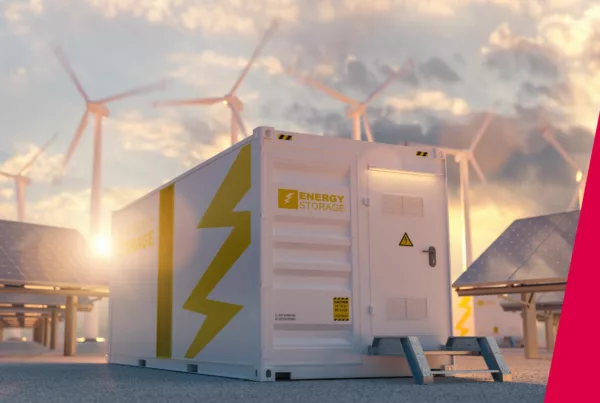EV’s as Grid Assets: Exploring V1G, V2G, and Beyond
As EV adoption worldwide continues to grow (22% market growth in the first half of 2024*), their potential to become more than just a mode of transport is coming into focus. EVs can interact with our global grids in innovative ways, offering solutions that enhance grid stability and resilience. Concepts like V1G (unidirectional smart charging) and V2G (Vehicle-to-Grid) represent different levels of this integration, each with distinct capabilities and benefits. This article explores the key differences between V1G, V2G, and other EV-grid integration strategies, as well as the merits and challenges associated with each method. Read on to find out how EVs can transcend beyond a simple vehicle into a contributor to our future energy ecosystem.
Understanding EV-Grid Integration
EV-grid integration refers to the ways in which electric vehicles interact with the power grid. This interaction can range from simple one-way charging to complex bidirectional energy exchange, where electric vehicles (EVs) draw power from the grid and send power back to it. The different levels of integration are typically denoted by “VxG”, where “V” stands for vehicle, “G” for grid, and “x” represents the level of integration.
V1G: Unidirectional Smart Charging
V1G, also known as unidirectional or “smart” charging, represents the most basic level of EV-grid integration. In this model:
- The EV only receives power from the grid (unidirectional flow),
- Charging can be controlled and scheduled based on grid conditions, i.e. scheduling charging at night time when electricity is more abundant and cheaper,
- The charging rate can be adjusted to optimise grid stability and energy costs, such as incentivised nighttime charging.
V1G allows for demand-side management, enabling grid operators to shift charging loads to off-peak hours or times of excess renewable energy generation. This helps balance grid load and can reduce stress on the system during peak demand periods, one of the significant benefits of ‘smart’ charging.
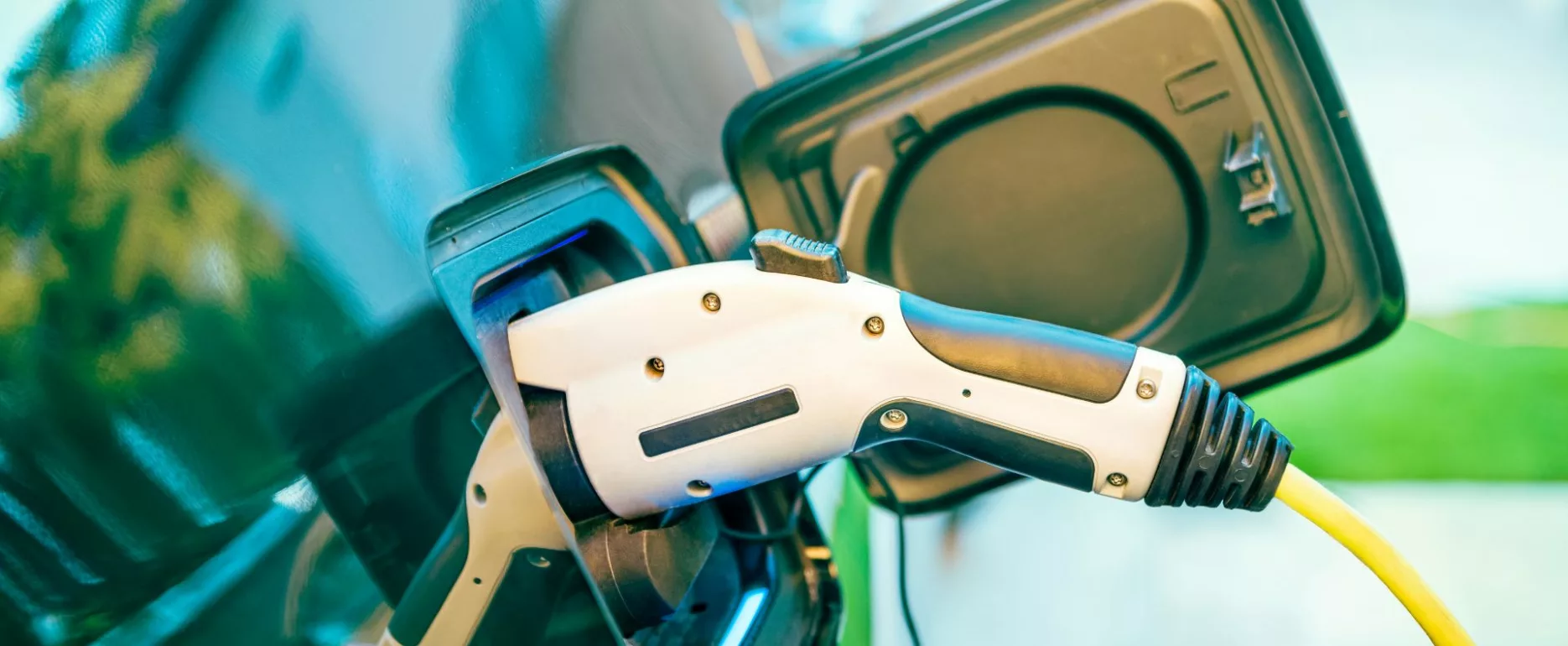
V2G: Bidirectional Vehicle-to-Grid
V2G technology represents a significant leap in EV-grid integration. It enables:
- Bidirectional power flow between the EV and the grid, meaning the EV can send power back to the grid as well as taking in energy from the grid,
- EVs to act as mobile energy storage units, similar to batteries.
With V2G, electric vehicles can provide valuable grid services such as frequency regulation, voltage support, and peak shaving (i.e. the process of leaning on batteries or similar energy assets during peak demand). This technology turns EVs into active participants in the energy market, potentially allowing EV owners to earn revenue by selling power back to the grid. Although we are not there yet, this is an exciting prospect that could offset some of the typically higher costs associated with EV ownership.
V2H: Vehicle-to-Home (Or Business)
V2H is a subset of V2G technology that focuses on using the EV’s battery to power a home or building. Key features include:
- The ability to use the EV, or group of EVs, as a backup power source during outages, similar to battery storage,
- Optimisation of home energy consumption by using the EV battery during peak pricing periods, shifting the home or business away from the grid and reducing energy costs for the home/business owner (a win-win scenario),
- Potential integration with home renewable energy systems, such as solar PV.
V2B: Vehicle-to-Building
V2B extends the concept of V2H to larger buildings or complexes. It allows:
- EVs to contribute to a building’s energy management strategy,
- Reduction of peak demand charges for commercial buildings,
- Integration with building energy management systems iBMS/SCADA, sensors, and Gateways for optimised operation.
V2L: Vehicle-to-Load
V2L refers to the ability of an EV to power external electrical devices. This can be useful for:
- Camping, events, or outdoor activities,
- Emergency situations where portable power is needed,
- Powering tools or equipment at remote construction or work sites.
Want to explore opportunities in energy resource management?
Arrange a chat with one of our experts and let’s see how we can collaborate.
Benefits and Challenges with EV-Grid Integration
Benefits:
- Enhanced grid stability, resilience and reliability,
- Increased adoption and integration of renewable energy sources, reducing reliance on ‘peaker’ power plants that are more carbon-intensive,
- Reduced carbon emissions due to increased adoption of renewable energy,
- Potential for reduced electricity costs for EV owners,
- New revenue streams for EV owners and businesses with EV infrastructure (particularly with V2G),
- Increased resilience during power outages (V2H, V2B), or potentially an overall reduction in outages.
Challenges:
- An integrated EV-grid network demands specialised hardware and infrastructure,
- Leveraging EV batteries to support the grid and homes/businesses has the potential to impact on EV battery life (especially with frequent V2G use). In fact, many EV batteries are blocked from energy export to conserve battery life,
- Regulatory and market structure adjustments are required but not insurmountable. For example, the EU’s latest report, ‘EU Competitiveness: Looking Ahead’, recognises that a sustainable mobility system requires an integrated approach towards energy networks and charging infrastructures.
- Cybersecurity concerns may arise with increased grid connectivity,
- Consumer education will be critical to engage the public, although the aforementioned financial incentives would help drive adoption.
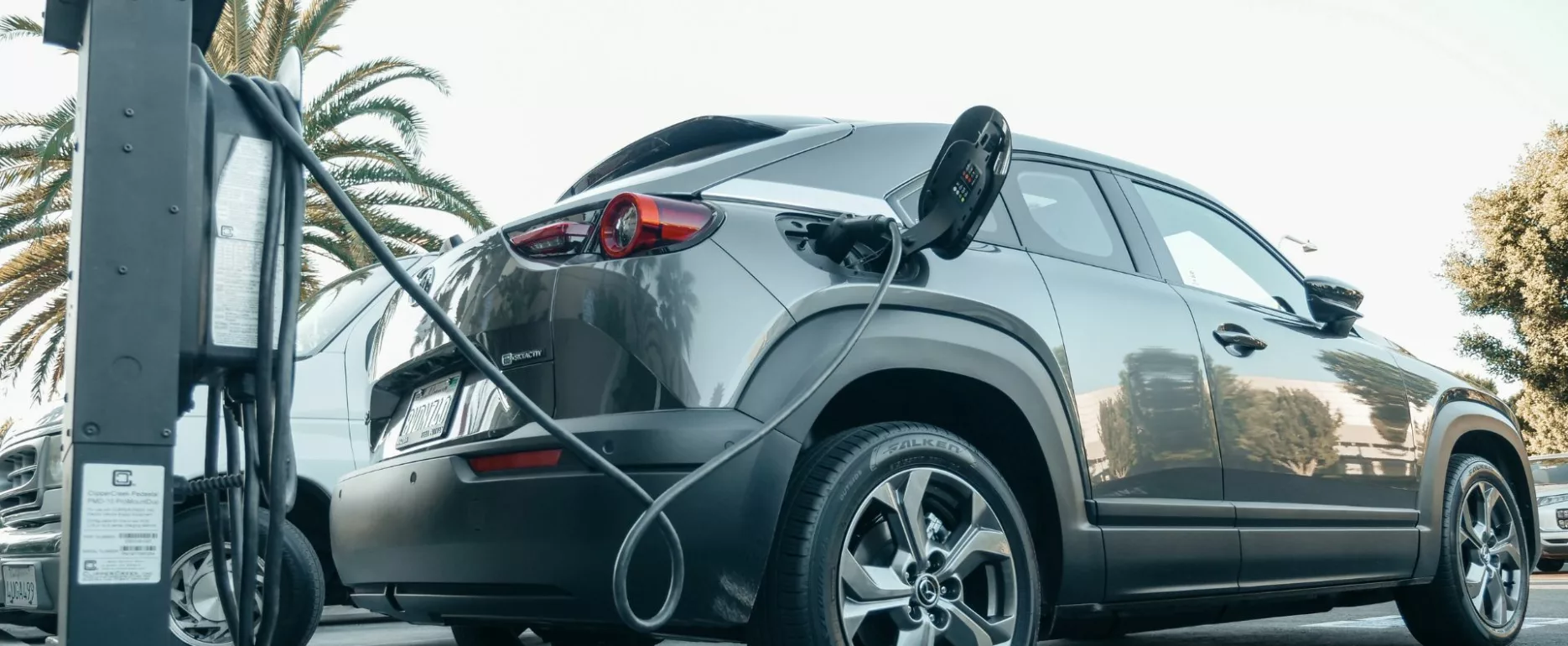
EpiSensor’s Role in EV-Grid Integration
EpiSensor’s IoT solutions can play a crucial role in enabling and optimising various levels of EV-grid integration:
- Advanced Energy Monitoring: EpiSensor’s wireless sensor networks can provide granular, real-time data on energy consumption and generation, enabling more effective V1G and V2G strategies.
- Smart Grid Integration: Our IoT infrastructure facilitates communication between EVs, charging stations, and grid operators, supporting advanced V2G implementations. Most recently, our technology was chosen by Enel X, the world’s largest demand response provider, to help aggregate 2500 Gogoro EV charging stations into a virtual Power Plant.
- Building Energy Management: EpiSensor’s energy management solutions can integrate V2B capabilities, optimising the use of EV batteries (and other energy assets, such as solar PV and batteries) within commercial and industrial settings.
- Data-Driven Decisions: By leveraging EpiSensor’s data analytics capabilities, grid operators and EV owners can make informed decisions about when to charge or discharge vehicles for maximum benefit.
- Demand Response: EpiSensor’s systems can enable participation in demand response programmes, allowing EV owners to contribute to grid stability and earn financial incentives.
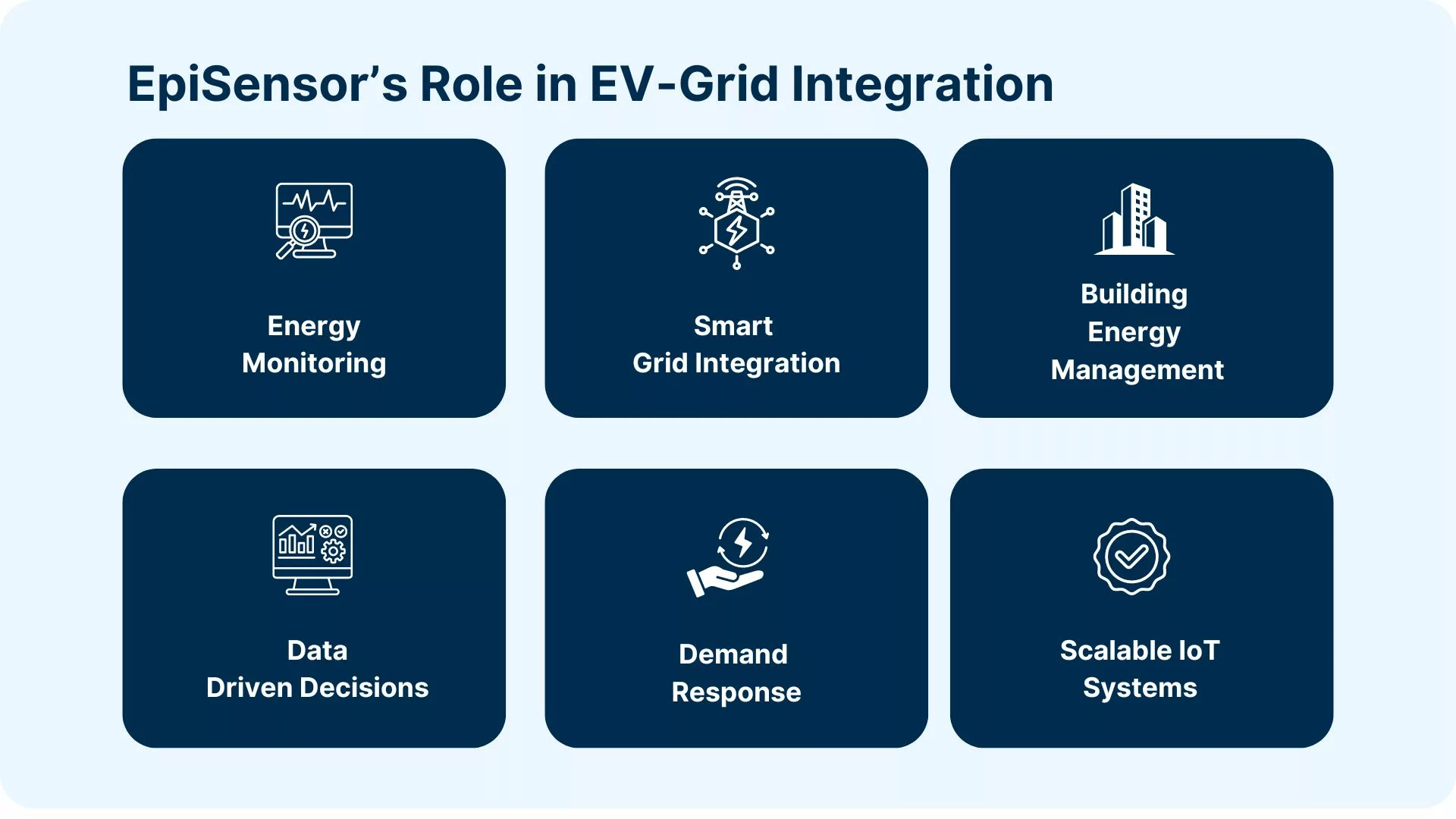
The Future of EV-Grid Integration
The various levels of EV-grid integration – from V1G to V2G and beyond – present a host of possibilities for leveraging electric vehicles as assets in our smart grid infrastructure. As these technologies continue to evolve, they will play an increasingly important role in the ongoing energy transition, supporting grid stability, renewable energy integration, and the shift towards a more sustainable and resilient power system.
EpiSensor’s IoT solutions are well-positioned to support this evolution, providing the necessary data, connectivity, and management tools to make advanced EV-grid integration a reality.
Ready to find out more about EpiSensor’s advanced IoT solutions?
Our experts can share more details about the technology behind some of the world’s most advanced energy programmes.
Further Reading
- International Energy Agency (IEA): Global EV Outlook
- UK Government: Vehicle-to-Grid Technology
- EpiSensor: Energy Management Solutions
- What is a Virtual Power Plant
*According to a leader in automotive industry research, Autovista24
